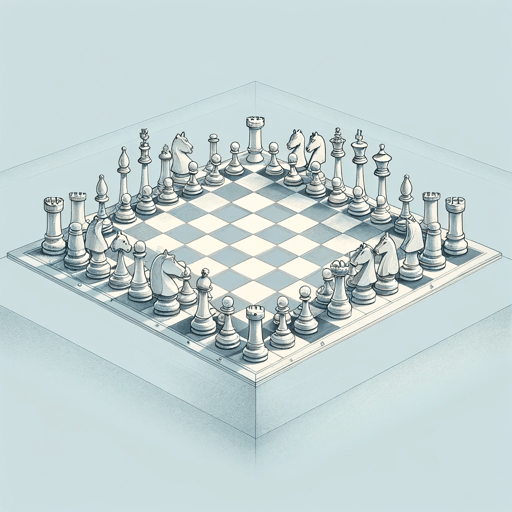65 pages • 2 hours read
Henry KissingerWorld Order: Reflections on the Character of Nations and the Course of History
Nonfiction | Book | Adult | Published in 2014A modern alternative to SparkNotes and CliffsNotes, SuperSummary offers high-quality Study Guides with detailed chapter summaries and analysis of major themes, characters, and more.
IntroductionChapter Summaries & Analyses
Introduction Summary: “Introduction: The Question of World Order”
Kissinger addresses the different types of world order and legitimacy and power, respectively. A world order is a concept that defines what constitutes power and how it is organized and distributed internationally. This idea also must be applicable to the real state of affairs in a way that impacts the balance of power in the world. At the same time, the “balance between legitimacy and power is extremely complex” (9), focusing on permissible action without overstepping the boundaries of subjugating others. Yet even with these factors in place, a global system can only last if it is accepted both by the leadership and the citizens of multiple countries.
Kissinger argues that throughout human history no perfect order has existed. However, different leaders pursued this task with varying rates of success. An important problem with a truly global system is the fact that “each region viewed its own order as unique and defined the others as ‘barbarians’” (4).
One of the first international examples of an international order in modern history was the Westphalian system following the Thirty Years’ War (1618-1648). This order was a “practical accommodation of reality” (3). Yet at that time, the “seventeenth-century negotiators who crafted the Peace of Westphalia did not think they were laying the foundation or a globally applicable system” (4).
Related Titles
By Henry Kissinger




